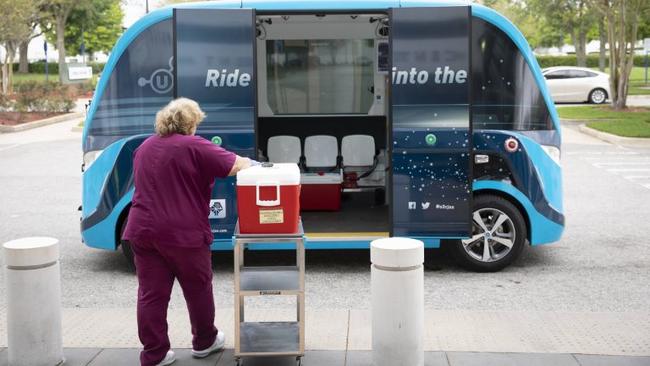Tesla disrupting Waze now, one more to add to the list, specially if they provide traffic data for others, way more accurately
FWIW, Waze and Google Maps differ by origin (Waze started in Israel) but have modest differences in practice:
Revision History The following revision table presents the changes made for each version of this document. Revision Date
support.google.com

developers.google.com
They are NOT identical, although why, since they are in the same company, is odd.
In actual routing, the primary issue here Waze seems to have slightly more rapid routing data while Google Maps, in some places, tends to have slightly faster traffic updates.
Waze also has pride of place in many corporate-level routing applications.
Tesla is perfectly fine in areas with sufficiently dense Tesla concentrations but less so as Tesla density decreases.
This perspective is not mine but comes from a friend who has worked on proprietary mapping solutions for vehicle fleets for some years. He also has used and tested numerous other proprietary mapping software and hardware choices, but that is off-topic here.
As we consider the prospects for Tesla Robotaxi and the 'last mile/km problem' my friend informs me that such problems are routinely solved for local delivery and service vehicles almost globally. That, according to him, includes generally unmapped but documented places mentioned earlier in one of my posts. His claim is that for things such as Robotic delivery each location is explicitly mapped and is updated with each use of the location, giving nearly 100% coverage of actual usage patterns. Hence, for hospital supply, for example, each specific delivery point in a large medical complex is individually mapped with access rotes and operating times/access data.
After looking at that and thinking, it seems to me that since Robotaxi will always tend to operate in specific geographic areas, it is with 'present data availability' to precisely map nearly all pickup/dropoff points. The only constraint is that such data tends to reside with express delivery companies and, in many cities, local taxi/rideshare data that is guarded diligently.
it seems to me that the FSD advances are crucial, but the localized data bases are almost equally important.




